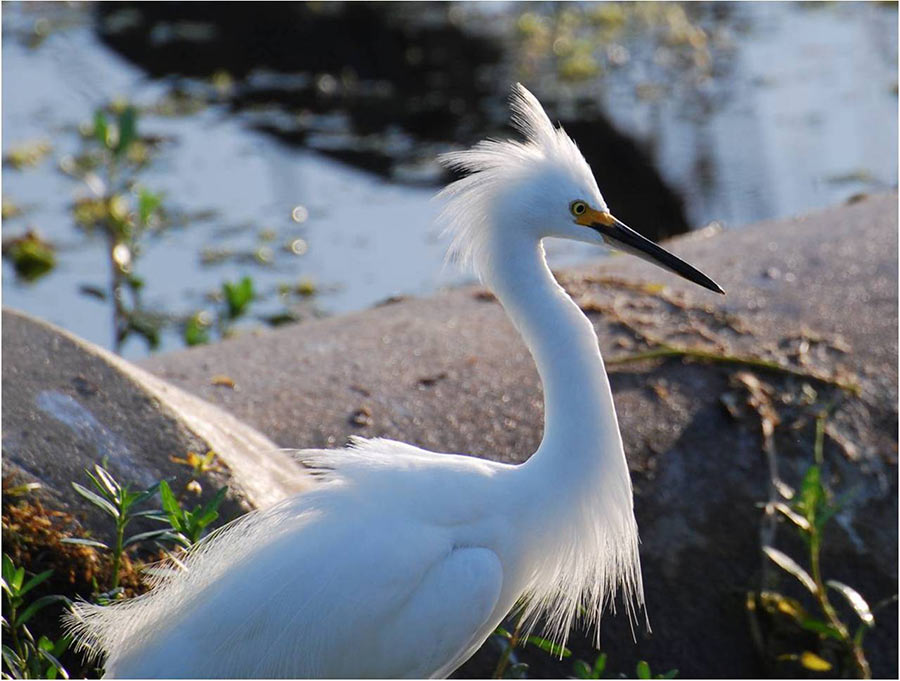 Deseret is home to over 300 species of wildlife. Many of these species thrive on the Ranch but are in jeopardy elsewhere. We have designed and implemented a comprehensive wildlife management program that is integrated into our cattle operation and other agricultural enterprises. The program is overseen by a full-time wildlife biologist, who works to improve the health of wildlife populations and their habitat. Deseret’s wildlife staff conducts annual aerial surveys of game and non-game species and collects data above and beyond what is required by state regulation. These data demonstrate successful management of wildlife populations on the property. Deseret has also supported the state’s development of wildlife best management practices.
Deseret is home to over 300 species of wildlife. Many of these species thrive on the Ranch but are in jeopardy elsewhere. We have designed and implemented a comprehensive wildlife management program that is integrated into our cattle operation and other agricultural enterprises. The program is overseen by a full-time wildlife biologist, who works to improve the health of wildlife populations and their habitat. Deseret’s wildlife staff conducts annual aerial surveys of game and non-game species and collects data above and beyond what is required by state regulation. These data demonstrate successful management of wildlife populations on the property. Deseret has also supported the state’s development of wildlife best management practices.
Over 300 species of wildlife call Deseret home. Deseret manages its operations for the critical times in species’ life cycles and strives to provide “edge” and a mix of habitat.
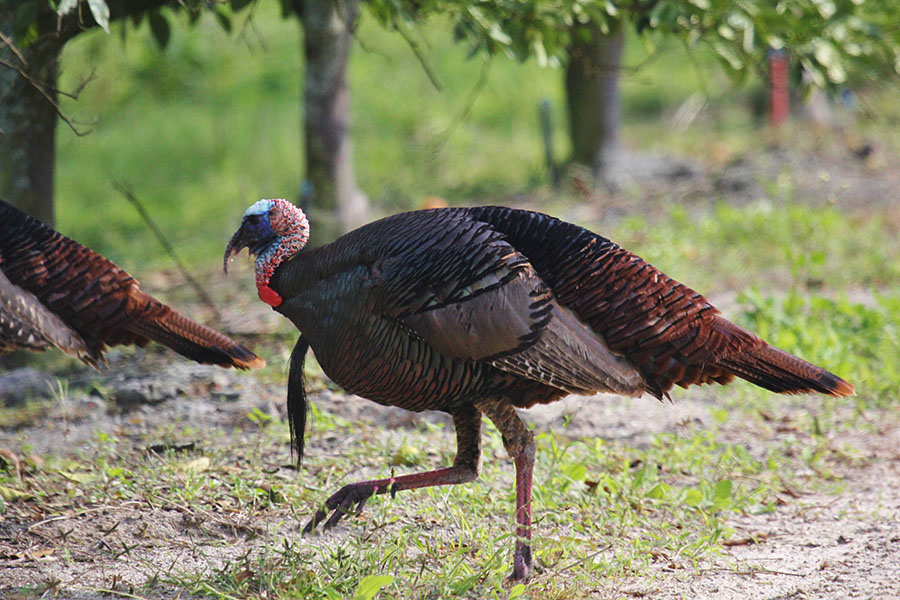 Our wildlife management program is guided by an overarching philosophy that the key to enhancing survival of these species is to understand that there are critical times in the annual cycle of all species. For example, the critical season for wading birds, such as Wood Storks, herons, and egrets, is nesting time. These beautiful birds require specific nesting conditions: protected sites in undisturbed trees surrounded by water filled with alligators, which prevents predation by raccoons and other predators. The wading birds must also have feeding areas near their nests. Understanding and filling this critical need enhances the potential of these beautiful, jeopardized birds to thrive. Similar critical needs occur at some time in the annual cycle for each species and Deseret strives to understand and meet these needs through innovative environmental partnerships and projects.
Our wildlife management program is guided by an overarching philosophy that the key to enhancing survival of these species is to understand that there are critical times in the annual cycle of all species. For example, the critical season for wading birds, such as Wood Storks, herons, and egrets, is nesting time. These beautiful birds require specific nesting conditions: protected sites in undisturbed trees surrounded by water filled with alligators, which prevents predation by raccoons and other predators. The wading birds must also have feeding areas near their nests. Understanding and filling this critical need enhances the potential of these beautiful, jeopardized birds to thrive. Similar critical needs occur at some time in the annual cycle for each species and Deseret strives to understand and meet these needs through innovative environmental partnerships and projects.
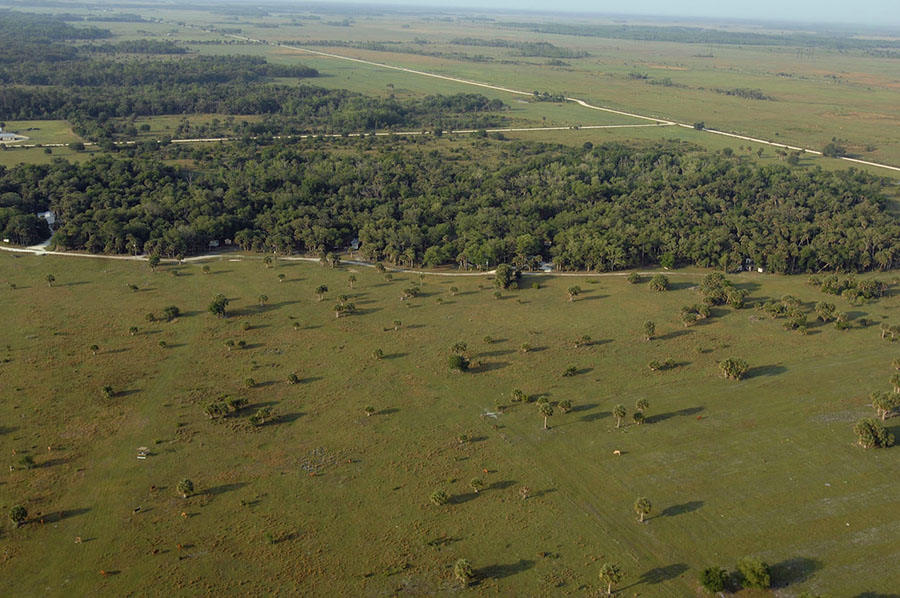 Another important ecological principle we strive to follow is that most important and in-jeopardy species rely on more than one ecosystem type for survival. For example, they may need different ecosystems for nesting, feeding, and concealment, all in close proximity. We follow Aldo Leopold’s concept of creating, preserving, and enhancing the amount of edge between ecosystems. This environmental management strategy both aids in-jeopardy species and maintains sustainable agricultural operations. This so-called “edge effect” greatly enhances the environment for many important species.
Another important ecological principle we strive to follow is that most important and in-jeopardy species rely on more than one ecosystem type for survival. For example, they may need different ecosystems for nesting, feeding, and concealment, all in close proximity. We follow Aldo Leopold’s concept of creating, preserving, and enhancing the amount of edge between ecosystems. This environmental management strategy both aids in-jeopardy species and maintains sustainable agricultural operations. This so-called “edge effect” greatly enhances the environment for many important species.
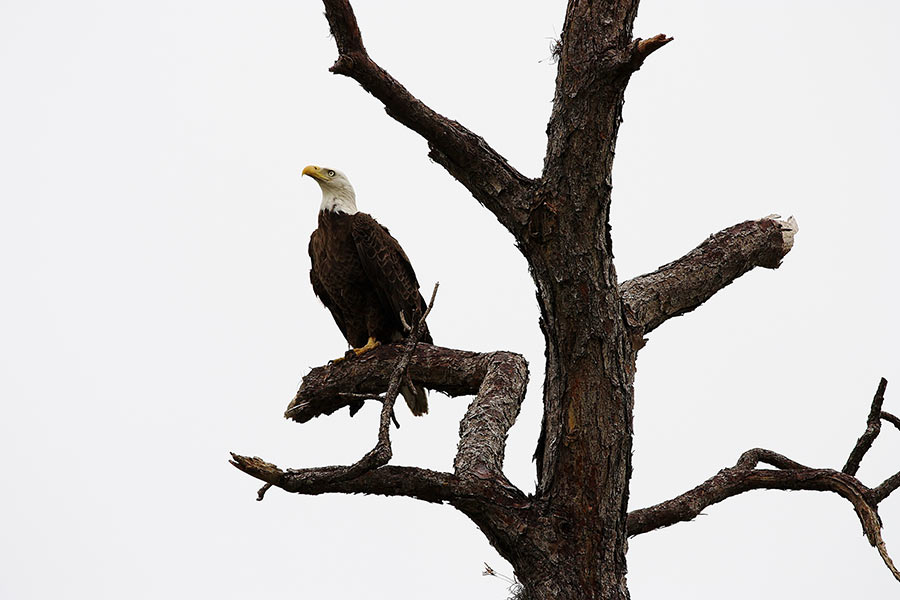 Our management approach of emphasizing edge is critical to the long-term survival of many jeopardized species. Wading birds need more than just wading areas. Deer need more than just grazing areas, as do cattle. The edge provided by the interface of different ecosystems helps meet their needs. Thus, in the management and establishment of pastures, Deseret preserves sufficient buffer areas around wetlands to ensure the wetlands function to meet wildlife needs.
Our management approach of emphasizing edge is critical to the long-term survival of many jeopardized species. Wading birds need more than just wading areas. Deer need more than just grazing areas, as do cattle. The edge provided by the interface of different ecosystems helps meet their needs. Thus, in the management and establishment of pastures, Deseret preserves sufficient buffer areas around wetlands to ensure the wetlands function to meet wildlife needs.
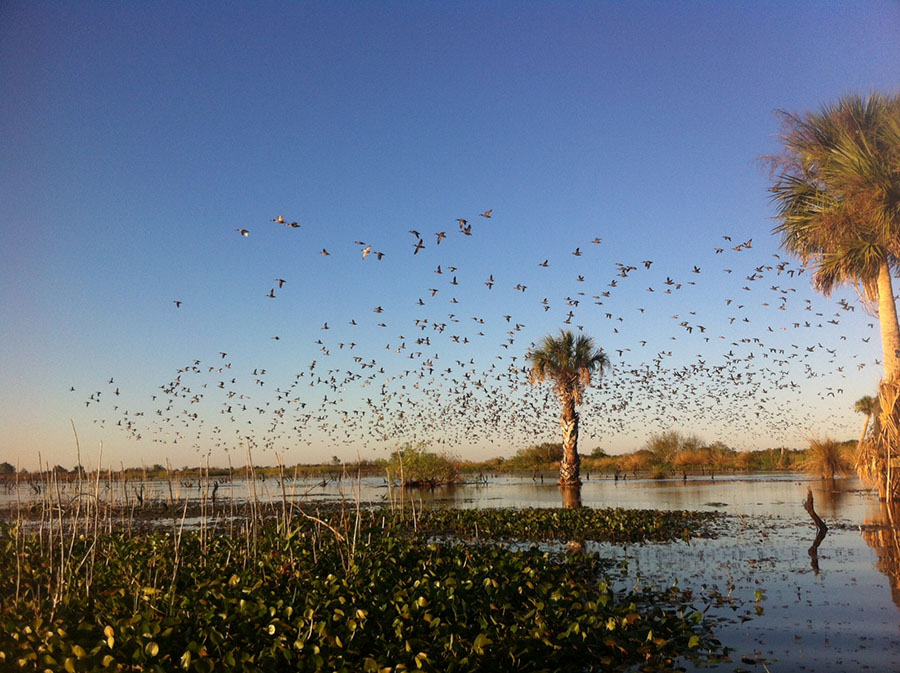 We also typically maintain forested areas within or adjacent to our pastures to create edge and cover, and thus benefit many species of wildlife. When at all possible, we avoid continuous tracts of monoculture habitat and seek instead interspersion and edge-enhanced areas, creating a rich environmental and agricultural mosaic. We have even re-planted cypress and oak trees to provide cover and improve habitat for species. This habitat management strategy best assures the long-term survival of many species.
We also typically maintain forested areas within or adjacent to our pastures to create edge and cover, and thus benefit many species of wildlife. When at all possible, we avoid continuous tracts of monoculture habitat and seek instead interspersion and edge-enhanced areas, creating a rich environmental and agricultural mosaic. We have even re-planted cypress and oak trees to provide cover and improve habitat for species. This habitat management strategy best assures the long-term survival of many species.




